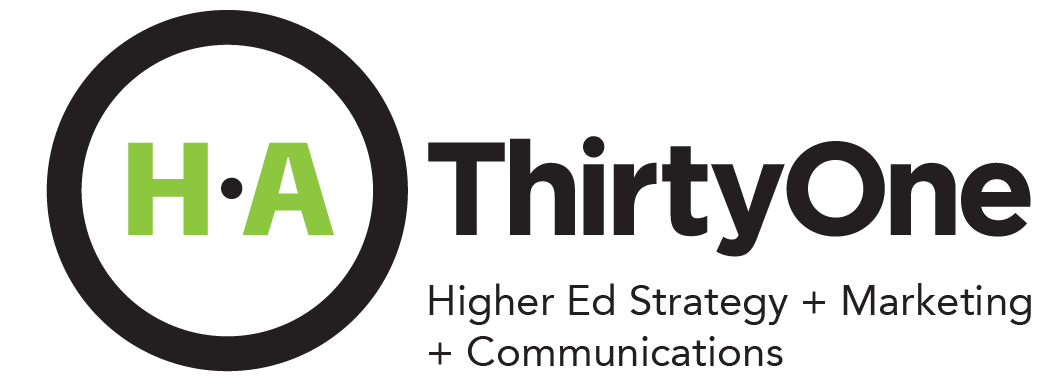Some call it lingo, others prefer jargon, and in professional settings we all understand it as industry-speak. Whatever you call it, you know it when you hear it – the abbreviated, coded language we use to describe any and everything around us, from the software we use to the forms we fill out to our favorite celebrity couples. We live in an acronymed, slang-riddled world, using shorthand and alternate wording for many reasons: efficiency and ease, to aid learning (do kids still learn mnemonics like Please Excuse My Dear Aunt Sally?!), and often to sound in-the-know or to blend in. Higher education is certainly no exception to this, particularly in the use of acronyms for practically every process, form, and office on campus.
What’s in a Name?
In the best instances, jargon can be a creator of community, a way to help students feel connected to the institution and to others. The often-slangified names for campus buildings and landmarks can create a culture that feels insider-ish but still accessible to all on campus, akin to a secret language. When I was in college, we went to the PAC – a simple and clearly-needed acronym for the mouthful that is the Herman W. Lay Physical Activities Center (shout out to my fellow Furman Paladins!). Cooler than “gym” and, best of all, place-specific, jargon like this works because it is usually an organic, student-led creation that simplifies while enhancing campus culture.
Where campus or educational jargon can go awry, however, is when it finds its way into marketing materials, where it can confuse students and parents, creating a mystifying coded language accessible to some while creating barriers for others. This is particularly true for prospective students, new students, first-generation, and underrepresented students, who may lack context for much of the college experience and may be hesitant to ask for explanations. Using colloquial language in your marketing can be inviting to some, such as the child of an alum who is already very familiar with an institution, while feeling alienating or excluding to others.
Are You Saying What You Mean?
So how do you know when your use of language is creating barriers instead of providing access? Evaluate your marketing from top to bottom. Does your digital marketing refer to places, processes, or programs with context? Do your campus maps use abbreviations or the full names of buildings and roads? Do your internal materials (website, print materials, ads on the campus buses, etc.) refer to campus departments or important processes with specificity or lean heavily on acronyms and assumptions? Referring to vital processes and student support offices with acronyms or abbreviated language, for example, can make it more difficult for students and families to identify what they need to do, where they need to go, or how to access needed resources. The availability of information is only as good as the quality of that information.
When crafting your messaging, consider the following:
- Can your intended audience reasonably be expected to understand the jargon you’re using?
- Is the language easy to grasp in short order?
- Could providing a bit of context, spelling out the acronym at least once, or providing a link to a page on the web that explains the term be helpful to a potential reader?
With these points in mind, consider how your marketing might need to differ when audiences have similar needs but differing frames of reference. For example, a college junior who has been receiving financial aid can reasonably be assumed to understand what the FAFSA is and what the acronym stands for – the reminder marketing to this student can be simple and use the acronym. A first-gen high school junior just starting to evaluate colleges will need more targeted and detailed marketing to create awareness and demystify complex processes (Free Application for Federal Student Aid is admittedly cumbersome but it has vital, specific information right in the title). The challenge to higher ed communicators is to consider the breadth of their audience and always err on the side of demystifying without seeming pedantic or repetitive.
Remember: the best marketing engages while it explains (bonus if it entertains!). Understanding your audience(s) is important. Using accessible, specific language to reach them is the key to effective engagement. Students and families will be much more receptive to marketing that is simple, direct, and assumes what they don’t know rather than what they do know.
Gina Ingraham is a higher education career veteran, with 20+ years of experience in financial aid, admissions, and academic advising. She believes deeply in the power of education to transform lives. She also believes deeply in the power of the Oxford comma.
